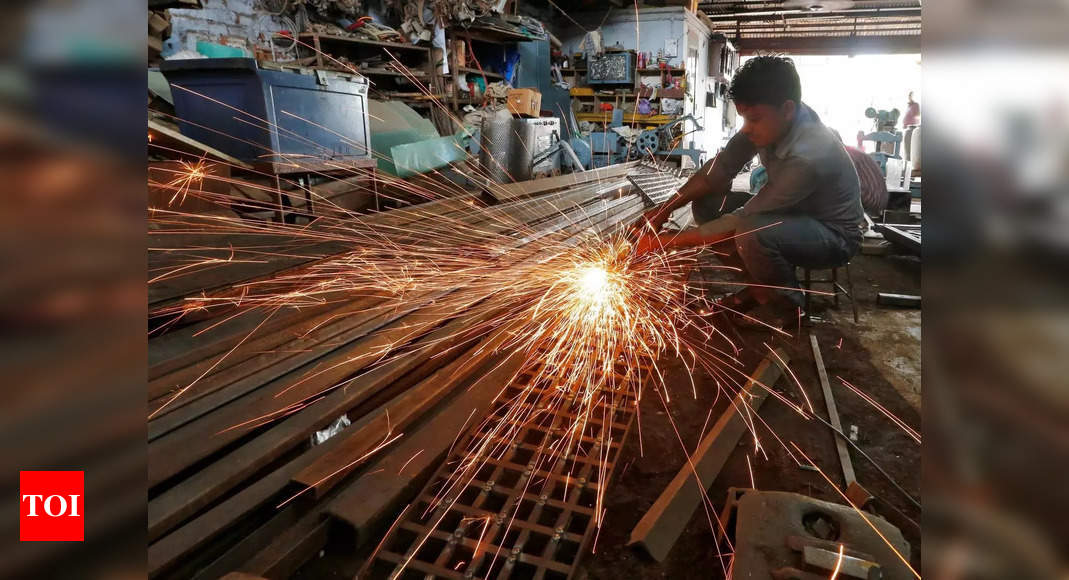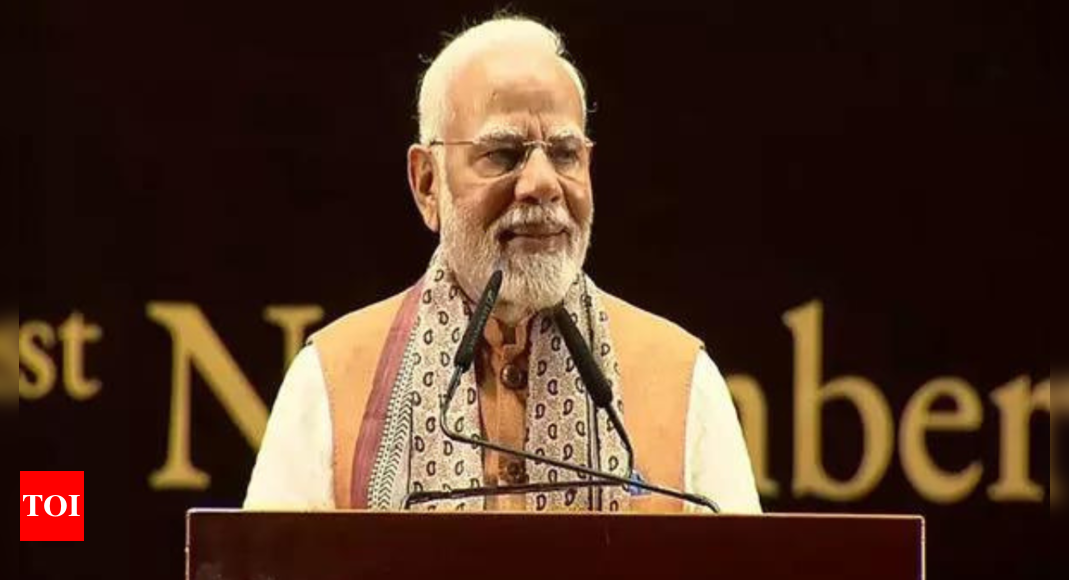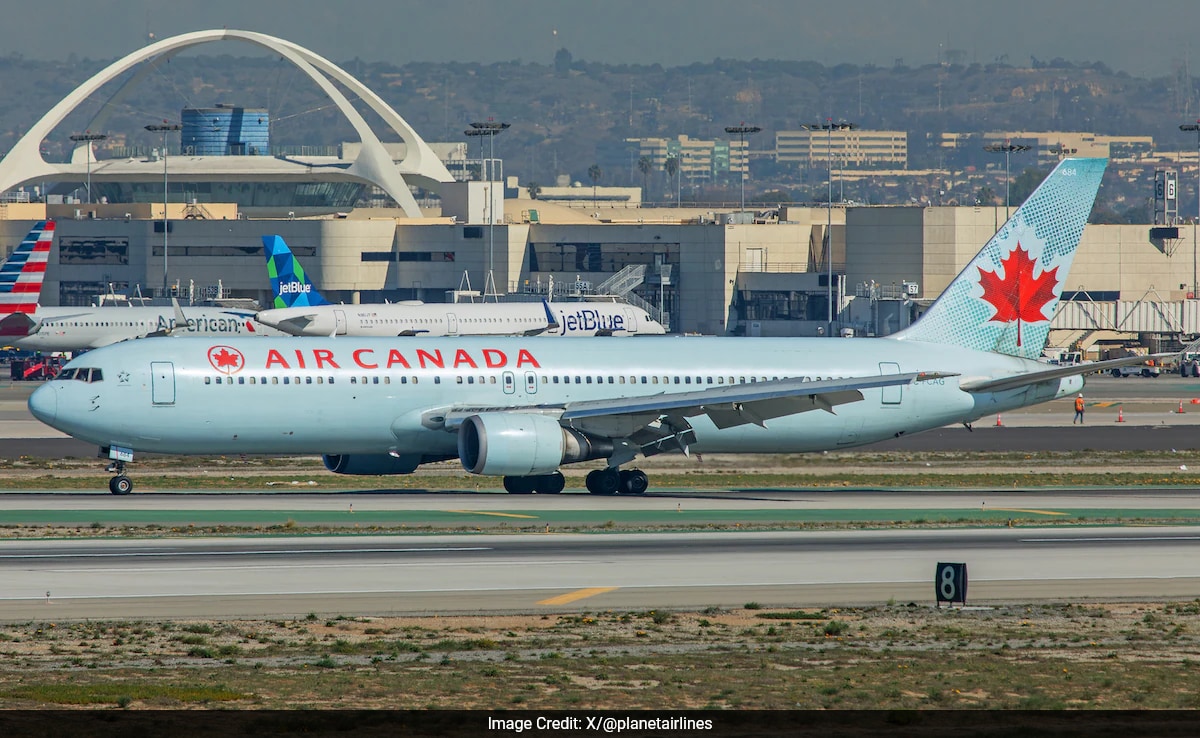
India’s global trade share hasn’t kept pace with its fast growing economy, and the country is losing out to rivals like Bangladesh and Vietnam as low-cost manufacturing export hubs, the World Bank said.
India’s trade in goods and services has been declining as a percentage of gross domestic product over the past decade despite its economic heft, the multilateral lender said in a report on Tuesday.
The country’s share in global exports of apparel, leather, textiles, and footwear grew from 0.9% in 2002 to a peak of 4.5% in 2013, but has since declined to 3.5% in 2022, according to the World Bank. In contrast, Bangladesh’s share in global exports of these goods reached 5.1%, while Vietnam’s stood at 5.9% in 2022.
To boost exports and benefit from China’s shift away from labor-intensive manufacturing, India will need to lower trade costs, reduce tariff and non-tariff barriers and revise trade pacts, the lender said.
“This is an area where India could focus on,” Nora Dihel, a senior economist at the World Bank, told reporters in New Delhi. “This is a call to action.”
Prime Minister Narendra Modi’s ambition is to make India a manufacturing hub as businesses diversify their supply chains from China. Modi’s government has spent billions of dollars in subsidies to attract investment in industries such as electronics and chip-making.
India’s export sectors are increasingly capital intensive, though, and unable to absorb the millions of jobless people in the country. The World Bank estimated that direct employment related to exports fell from a peak of 9.5% of total domestic employment in 2012 to 6.5% in 2020.
The World Bank expects India’s economy to continue growing at a rapid pace of 7% in the current fiscal year through March 2025 after expanding more than 8% in the past year. Growth will probably average 6.7% in 2025-26 and 2026-27, the lender said.
India’s trade in goods and services has been declining as a percentage of gross domestic product over the past decade despite its economic heft, the multilateral lender said in a report on Tuesday.
The country’s share in global exports of apparel, leather, textiles, and footwear grew from 0.9% in 2002 to a peak of 4.5% in 2013, but has since declined to 3.5% in 2022, according to the World Bank. In contrast, Bangladesh’s share in global exports of these goods reached 5.1%, while Vietnam’s stood at 5.9% in 2022.
To boost exports and benefit from China’s shift away from labor-intensive manufacturing, India will need to lower trade costs, reduce tariff and non-tariff barriers and revise trade pacts, the lender said.
“This is an area where India could focus on,” Nora Dihel, a senior economist at the World Bank, told reporters in New Delhi. “This is a call to action.”
Prime Minister Narendra Modi’s ambition is to make India a manufacturing hub as businesses diversify their supply chains from China. Modi’s government has spent billions of dollars in subsidies to attract investment in industries such as electronics and chip-making.
India’s export sectors are increasingly capital intensive, though, and unable to absorb the millions of jobless people in the country. The World Bank estimated that direct employment related to exports fell from a peak of 9.5% of total domestic employment in 2012 to 6.5% in 2020.
The World Bank expects India’s economy to continue growing at a rapid pace of 7% in the current fiscal year through March 2025 after expanding more than 8% in the past year. Growth will probably average 6.7% in 2025-26 and 2026-27, the lender said.









